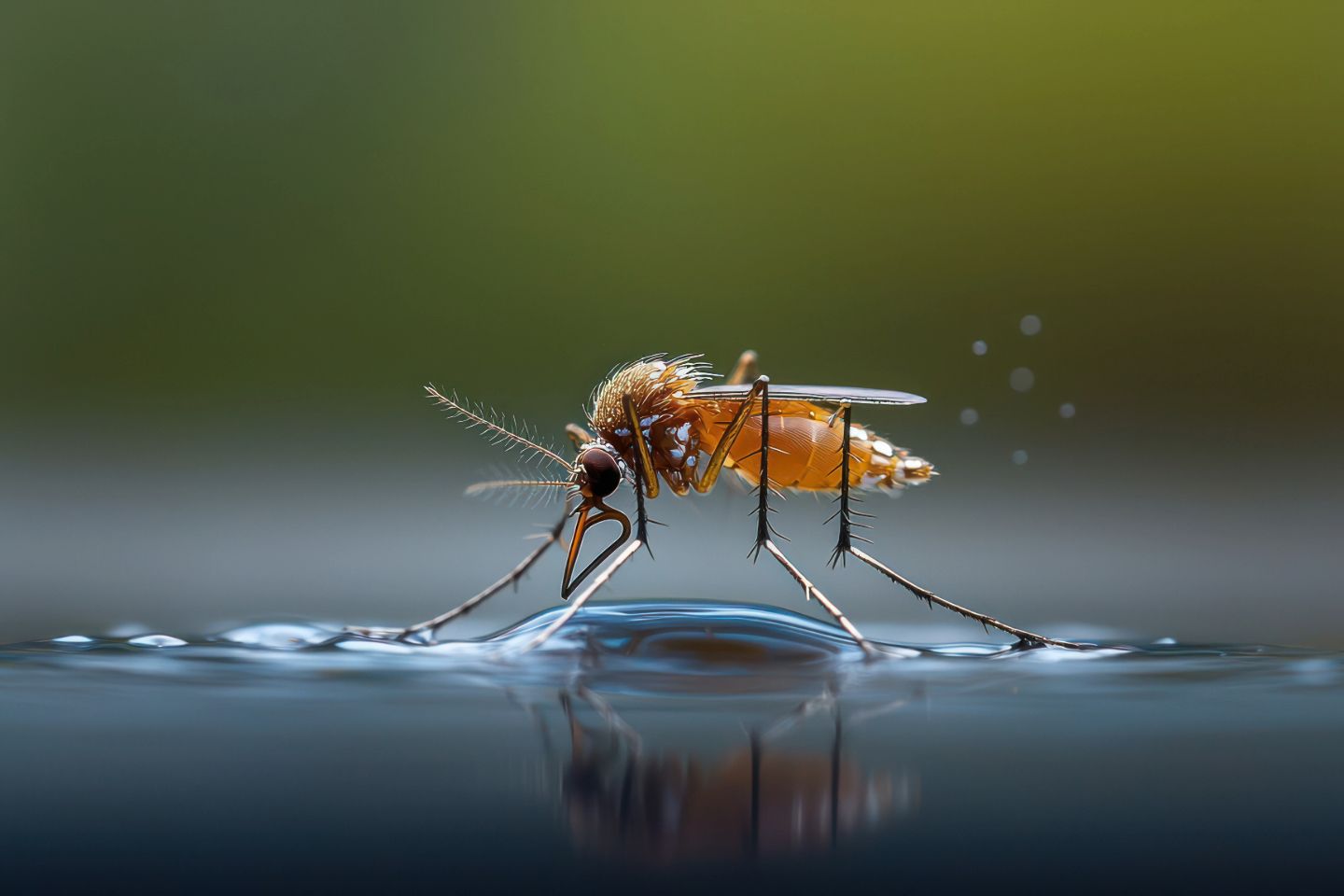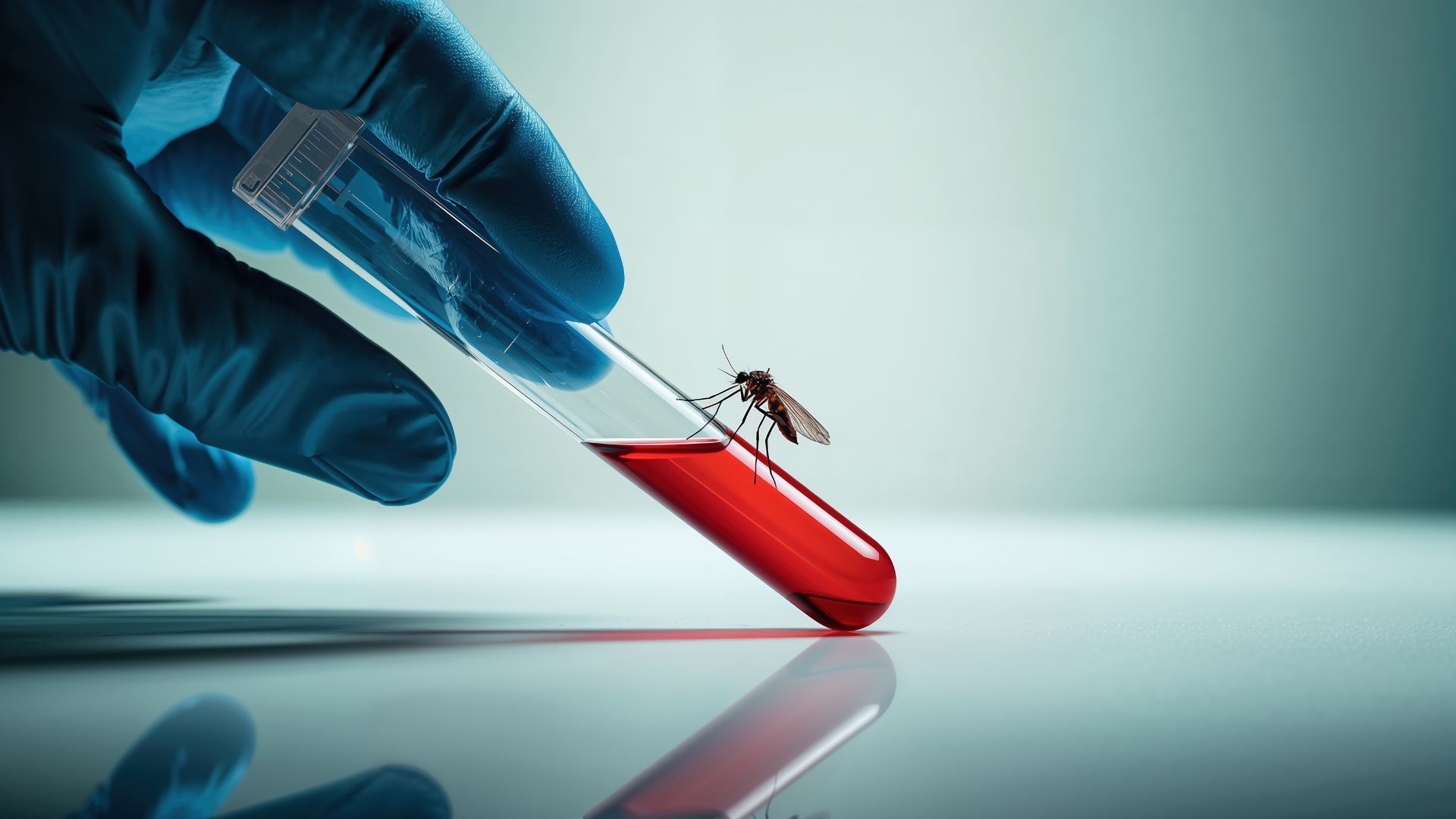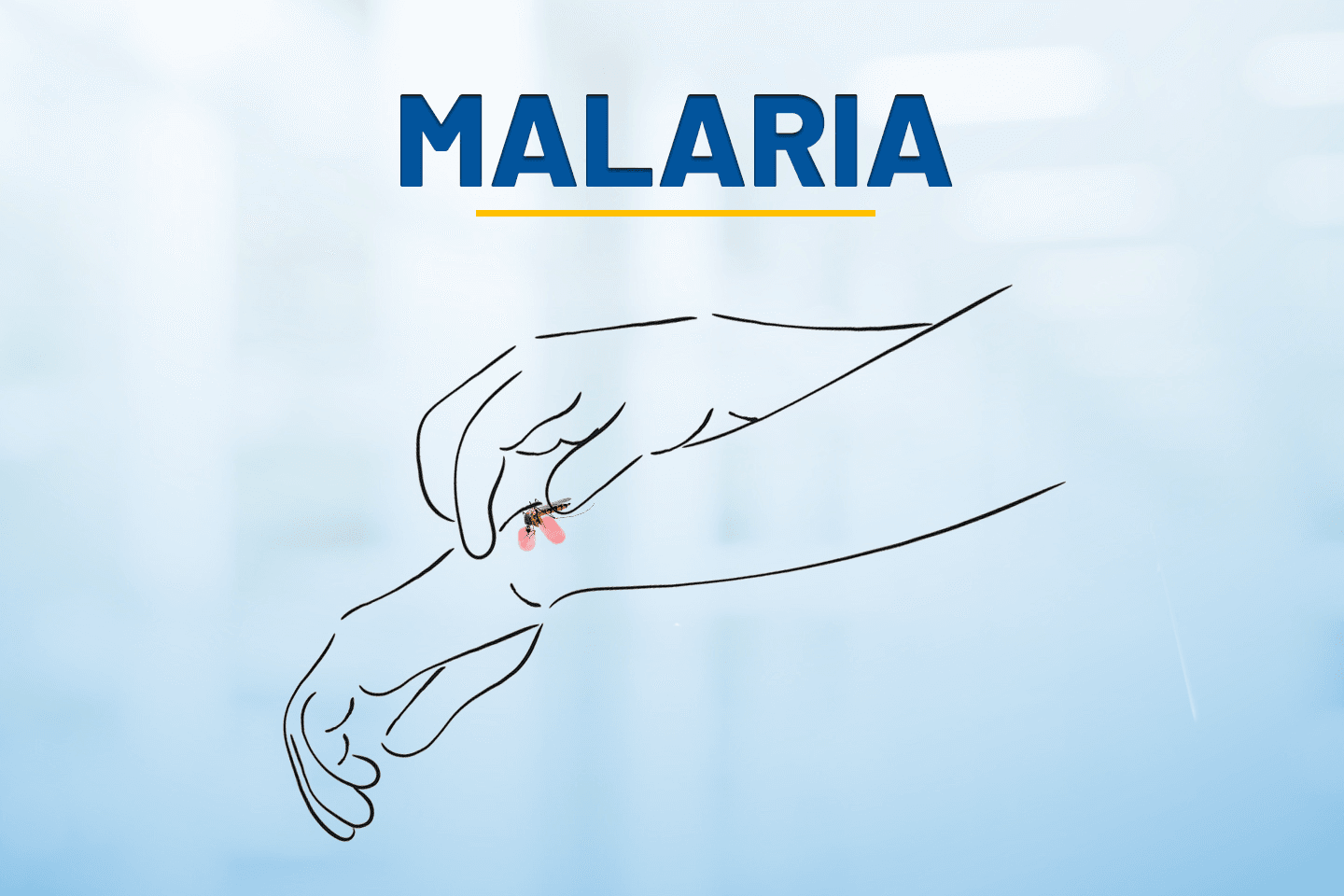
Dengue Fever vs. Malaria: Key Differences and Similarities
Introduction
As the monsoon rains pour and bring relief from the scorching heat, the rains also usher in an unwelcome guest: mosquitoes. These tiny, buzzing insects are more than just a nuisance—they are carriers of serious diseases like dengue fever and malaria. Have you ever wondered what sets these two illnesses apart despite their similar mosquito-borne origins? Understanding the key differences and similarities between dengue and malaria can be the first step in protecting yourself and your loved ones. Read this detailed guide to learn how they spread and discover how we can prevent them during this rainy season.
Overview of Dengue Fever
Dengue fever, often referred to simply as dengue, is a viral illness caused by its namesake the dengue virus. It is transmitted to humans via the bite of infected Aedes mosquitoes, primarily Aedes aegypti and Aedes albopictus. Dengue is widespread in tropical and subtropical regions, including many parts of India.
Causes and Transmission of Dengue
The primary cause of dengue fever is the bite of an infected Aedes mosquito. These mosquitoes breed in stagnant water. They are most active during the day, particularly early in the morning and before dusk. When an Aedes mosquito bites a person already infected with the dengue virus, the mosquito becomes a carrier and can subsequently transmit the virus to other individuals through its bites.
Dengue Prevention Strategies
Preventing dengue involves several strategies aimed at reducing mosquito breeding and avoiding mosquito bites. Some effective prevention measures include:
Eliminating Standing Water: Make it a habit to regularly empty and clean containers that collect water, such as buckets, flower pots, and discarded tires, to prevent mosquito breeding.
Using Mosquito Repellents: Apply mosquito repellents on exposed skin and clothing, especially during peak mosquito activity times.
Installing Screens: Ensure windows and doors are fitted with screens to keep mosquitoes out.
Wearing Protective Clothing: Wear long-sleeved shirts and long pants to reduce skin exposure.
Community Efforts: Participate in community clean-up drives to eliminate potential mosquito breeding sites.
Overview of Malaria
Malaria is a parasitic disease caused by Plasmodium parasites. The parasites are transmitted to humans through the bites of infected female Anopheles mosquitoes.
Causes and Transmission of Malaria
The primary cause of malaria is the bite of an infected Anopheles mosquito. When an infected mosquito bites a person, the parasites are injected into the person's bloodstream. Then, these parasites travel to the liver, where they mature and reproduce before re-entering the bloodstream to infect red blood cells.
Malaria Prevention Strategies
Preventing malaria involves measures to reduce mosquito exposure and transmission. Key strategies include:
Using Insecticide-Treated Nets: Sleeping under insecticide-treated bed nets to protect against mosquito bites during the night.
Indoor Residual Spraying: Applying insecticides on indoor walls and surfaces to kill resting mosquitoes.
Environmental Management: Drain stagnant water sources and promote proper sanitation to reduce mosquito breeding sites.
Personal Protection: Using mosquito repellents and wearing protective clothing, especially during evening and nighttime hours.
Key Differences Between Malaria and Dengue
Factors | Dengue | Malaria |
Symptoms | High fever, pain behind the eyes, severe headache, joint and muscle pain, rash, and mild bleeding (such as nose or gum bleeding).[1] | High fever, chills, sweating, headache, nausea, vomiting, and muscle pain. Severe cases can lead to anemia, jaundice, and organ failure.[4] |
Diagnosis | Diagnosed through blood tests which detect the presence of the dengue virus or antibodies produced in response to the infection. Common tests include the NS1 antigen test and dengue antibody tests.[5] | Diagnosed through microscopic examination of blood smears to detect Plasmodium parasites or rapid diagnostic tests (RDTs) that identify malaria antigens in the blood.[6] |
Treatment | There is no particular antiviral treatment for dengue. Management focuses on relieving symptoms through pain relievers (avoiding aspirin), maintaining hydration, and close monitoring for complications like dengue hemorrhagic fever (DHF) or dengue shock syndrome (DSS).[1] | Treatment involves antimalarial medications, which vary depending on the Plasmodium species and the severity of the infection.[7] |
Impact of Malaria and Dengue on Public Health
Health Concerns during Monsoons: Both dengue and malaria pose significant health risks during the monsoon season in India. The increased rainfall creates numerous breeding sites for mosquitoes. This leads to a surge in the population of mosquitoes and, consequently, a higher incidence of these diseases.
Economic Burden: The economic impact of dengue and malaria is substantial. The cost of healthcare for treating these diseases, paired with the loss of productivity due to illness, imposes a heavy burden on families and the economy. The cost of vector control measures and public health campaigns adds to the financial strain.
Public Health Education and Awareness: It is important to raise public awareness about the prevention and management of dengue and malaria. Public health campaigns must focus on educating communities about mosquito control, the importance of early diagnosis, and seeking timely medical attention. Schools, workplaces, and community centres can play vital roles in disseminating information and promoting preventive practices.
Dengue Test Kits by Meril
Meriscreen Dengue Onset by Meril
Meriscreen Dengue Onset is a rapid immunochromatographic test designed for the qualitative detection of dengue NS1 antigen and antibodies (IgG and IgM). It effectively identifies all four dengue virus serotypes, providing results in just 20 minutes. This quick and reliable test aids in early diagnosis and differentiates between primary and secondary infections, making it an essential tool for managing dengue.
Meriscreen Dengue NS1 Ag by Meril
Meriscreen Dengue NS1 Ag is a rapid immunochromatographic test for the qualitative detection of Dengue NS1 antigen in human serum or plasma. The test provides results within 20 minutes, is easy to use, and requires no sample preparation.
Merilisa Dengue NS1 Ag by Meril
Merilisa Dengue NS1 Ag is a solid-phase enzyme-linked immunosorbent assay (ELISA) for detecting Dengue NS1 antigen in human serum or plasma. The test identifies all four dengue virus serotypes. This one-step sandwich ELISA uses highly purified monoclonal antibodies, making it user-friendly and reliable for early dengue detection.
MeriScreen Dengue IgG/IgM Ab by Meril
MeriScreen Dengue IgG/IgM Ab is a rapid immunochromatographic assay designed to detect dengue antibodies in human serum or plasma. This test uses recombinant antigens to identify antibodies across all four dengue virus serotypes. Requiring only 5 microliters of sample, the assay delivers results in 20 minutes with over 95% sensitivity and specificity. It differentiates between primary and secondary dengue infections, making it a reliable and efficient tool for early dengue detection.
Final Thoughts
Both dengue fever and malaria are major public health challenges in India, particularly during the monsoon season. Keep yourself informed, stay vigilant, and protect yourself and your community from the threat of dengue and malaria.



